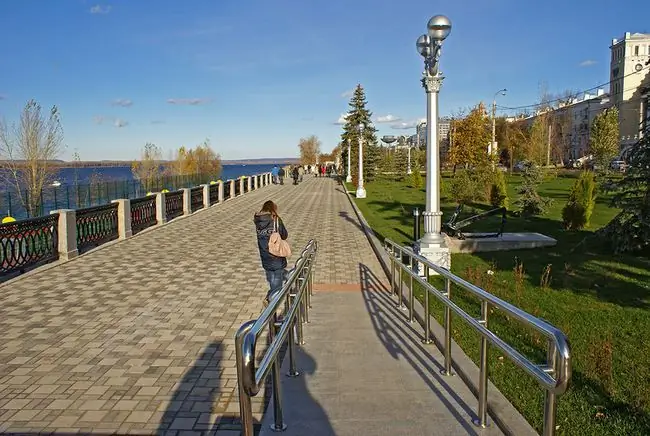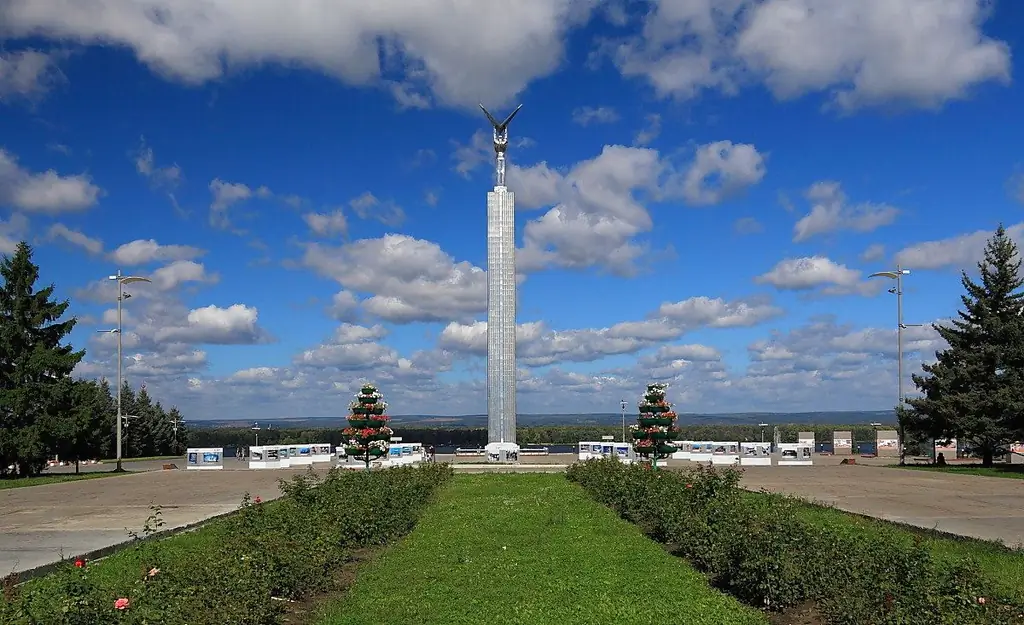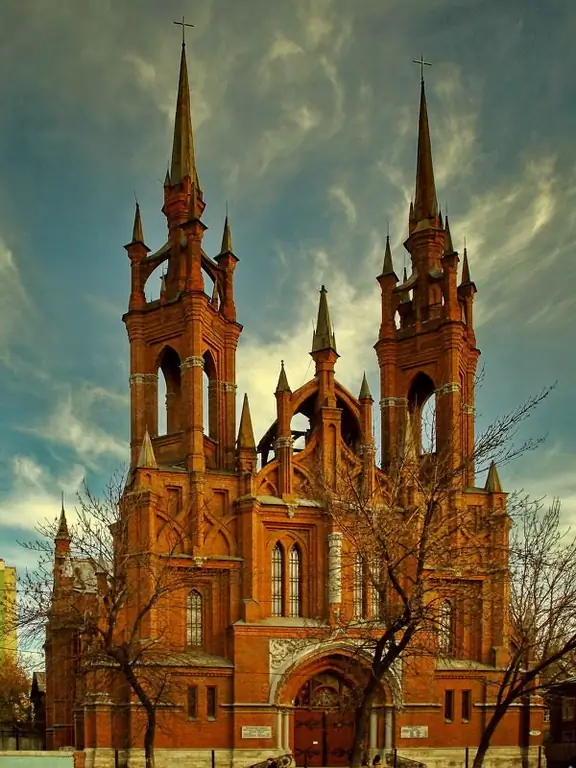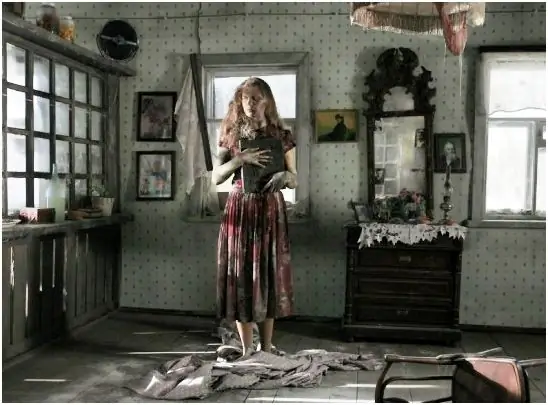One of the most beautiful cities in the Volga region today more and more attracts tourists. This is the merit of the most beautiful views of the city, as well as the historical architectural heritage. But there are also mystical places in Samara, which are definitely worth seeing.

While in Samara, one cannot but visit its embankment. If you follow the streets, which become steeper and steeper towards the river, you will inevitably find yourself at the wide Volga. Samara embankment is one of the most comfortable and longest of all coastal cities in Russia. Its length is about 7 kilometers. There are many outdoor sports complexes and cafes, as well as sandy beaches where it is good to sunbathe in the height of summer.

Within walking distance from the embankment is one of the city's business cards - Glory Square. It received this name in honor of the monument built here in 1971 - the 13-meter figure of a worker who holds the wings of an airplane on his mighty hands. In the summer season, Glory Square turns into a walking area. It offers a magnificent view of the Volga.

One of the oldest breweries, Zhigulevsky, is located in Samara. It was built in 1881 by an Austrian, entrepreneur and art collector Alfred von Wakano. In 1934, Anatas Mikoyan, the people's commissar of the food industry, admired the local foamy drink and ordered that the recipe be taken as a basis throughout the country. You can watch the process of its preparation if you sign up for a tour of the factory.

In the very center of Samara, you can see a piece of Poland. There is a Polish church of the Sacred Heart of Jesus in the Gothic style. It is called Polish, because the beginning of its history was laid by the Polish Catholic community, having bought a plot and erected a wooden church on it. In 1902, the church was built of stone.

The essence of the city will not be revealed if you do not learn its mystical history. One of the most unusual sights of Samara is associated with the legend of "Stone Zoya". Tourists are still attracted by one of the Samara houses, in which on New Year's Eve from 1955 to 1956, the factory worker Zoya Karnaukhova was preparing to celebrate the holiday. The girl could not wait for her beloved, so she took the icon of Nicholas the Pleasant in her hands and said: "Since my gentleman is not there, I will dance with him." After that, she allegedly turned to stone and stood like this until the Easter holiday.






